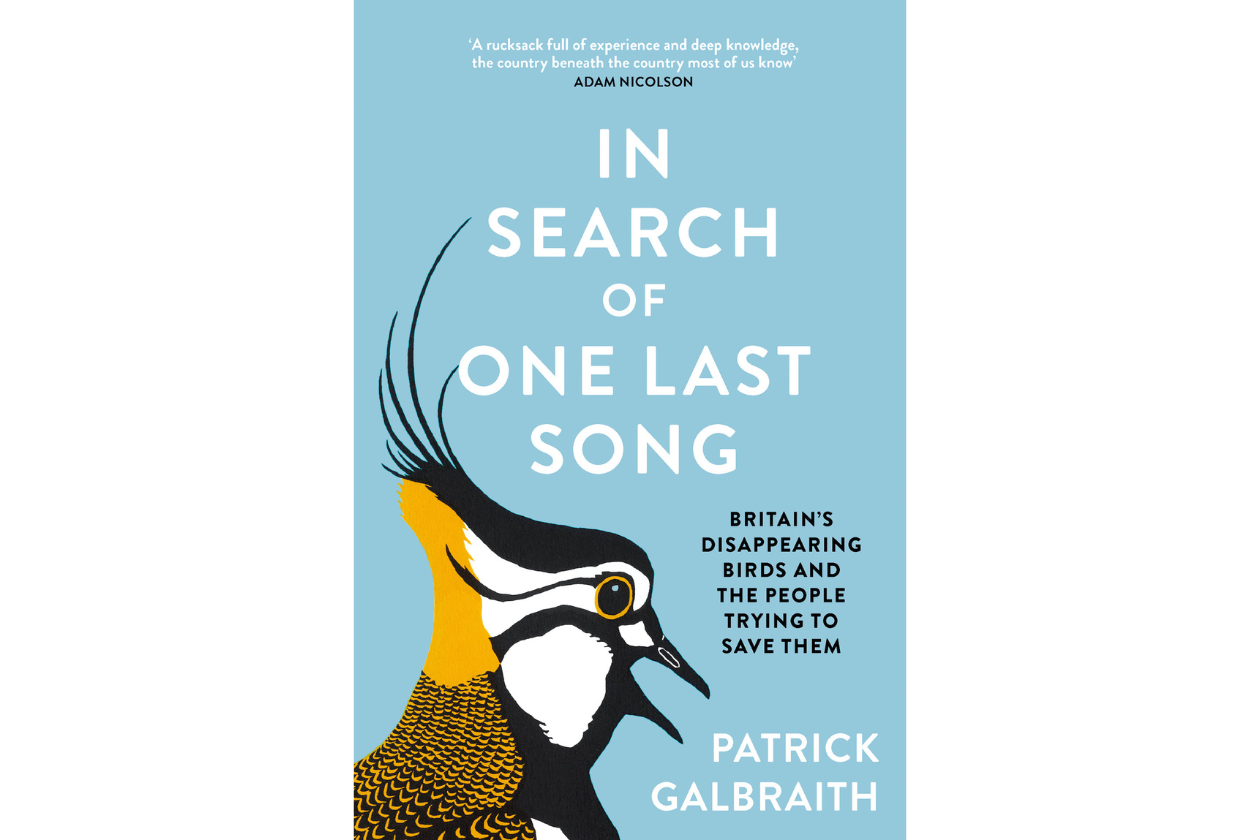In Search Of One Last Song
Even Mark Avery says Patrick Galbraith's In Search of One Last Song is a "cracking read" and John Lewis-Stempel reckons it's "the best book on the countryside" he's read in years. David Tomlinson looks inside.

My study is filled with books on hunting and shooting, beasts and butterflies, flowers and fungi, but mainly books on birds. I’ve never counted, but there are hundreds of them, ranging from David Bannerman’s masterly 12-volume work, The Birds of the British Isles, to my most recent acquisition, Gary Kramer’s magnificent Waterfowl of the World (fabulous photographs), but there’s not a single volume even remotely like Patrick Galbraith’s In Search of One Last Song. When I picked it up, I suspected that it was going to be just another bird book, as its subtitle suggests. But I soon discovered that it’s not really about birds at all. It’s about people, though mainly people who are concerned, one way or another, with Britain’s disappearing birds. They range from conservationists to gamekeepers, farmers to thatchers, plus an awful lot who are impossible to pigeonhole. What they have in common, apart from their enthusiasm or dedication to their chosen cause, is that they are all characters.

Capercaillie are under threat of extinction
Finely drawn
Patrick has a clever way with words, so his finely drawn and uncompromisingly honest pen portraits rule out any need for photographs, which may explain why there aren’t any. In Search of One Last Song starts with a meeting with Chris Packham at Waterloo station: “He looks older than he does on the telly, and he was pushing the corner of his lip with his tongue as if something was frustrating him.” It was after the meeting, which seemed to be remarkably friendly, that Patrick decided that if he “didn’t hear a nightingale, a turtle dove or a capercaillie soon, I probably never would… I decided then to set out in search of one last song.”
I guess that he didn’t know then just how the book would evolve, and the fact that it would end up being far more about people than it is about birds, though it is the declining fortunes of the latter that provide the glue that holds the book together. It is something of a magical mystery tour, ranging from deepest Sussex to the machair of the Outer Hebrides. There’s precious little about the travelling, considerable though it clearly was, and nothing whatsoever about how he came to choose the people he ended up interviewing. Thankfully, there’s not a mention of the pandemic that dominated our lives during the time he was writing this book.
There’s also little in the way of unnecessary introductions to the people Patrick meets, but we invariably gather a lot about them, usually provided with unessential but illuminating details that add much to the flavour of the book. Often you wonder who is who, and find yourself turning back the pages to find out, but even then you can be left wondering.
Natural storyteller
It’s clear that Patrick is always interested in what people have to say, and he reports their thoughts and theories on why birds are declining with a natural storyteller’s skill. We learn, for example, of the impact of muntjac on nightingales, and are reminded that fallow can be just as bad news, too. There’s mention of the fact that releasing gamebirds in “fragile black grouse habitat such as moorland fringes” may well be a factor in their decline, while according to gamekeeper Frank Snudden, “without snaring it would be 100% over for the grey partridge in England”.
In Search of One Last Song both entertained and educated me, and anybody with an interest in our disappearing countryside will find exactly the same. I’ve been lucky enough to have encountered all the birds in the book, from corncrakes to bitterns; hopefully this eloquent plea for their survival will inspire others to seek them out, too.
There’s one puzzle, though. Why is there no mention on the book’s jacket that Patrick is the editor of Shooting Times? That’s a major factor that makes this book all the more significant and praiseworthy.









